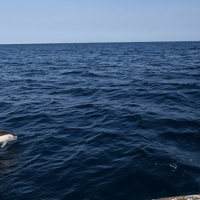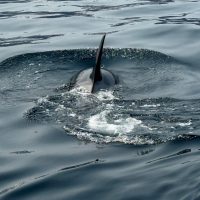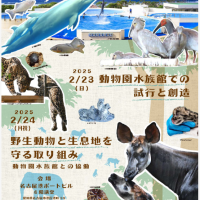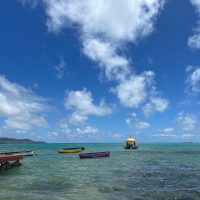Yoko Mitani, Katsufumi Sato, Shinichiro Ito, Michael F. Cameron, Donald B. Siniff, Yasuhiko Naito.
Polar Biology 26: 311-317 (2003)
要旨:生物の行動は,その生物が利用できる餌の獲得のしやすさによって変化する.摂餌に至るまでにどのように行動したのかという過程を明らかにするためには,行動の詳細な観察が必要である.しかし,海洋生物の採餌行動は海という人間の目の届かない場所で行われているため,長期間にわたって詳細に観察することは難しい.そこで,時系列で潜水深度を記録することのできる小型記録計(データロガー)を開発され,潜水動物の行動研究が進められている.肺呼吸をする潜水動物は,餌の生息する海の中と,酸素のある水面上との間を行き来しなければならないという制約を持つ.このような制限を持つ潜水動物が,いかにして効率よく採餌を行っているのか,時間と深度という二次元の情報から様々な研究が行われてきた.しかし,海の中は三次元の世界であり,餌となる生物も三次元に分布していることから,餌環境と行動の相互関係を知るためには,深さという鉛直方向の情報だけでなく,三次元の潜水行動情報と環境情報を併せて解析することが必要となる.そこで本研究では,地磁気を測定することのできるセンサーと加速度センサーを搭載したデータロガーを用いて,ウェッデルアザラシの3次元潜水経路を再構築する方法を確立した.加速度データの静的加速度成分からアザラシの体軸角度を求めた後,地磁気データによってアザラシの遊泳方向を求めた.3次元潜水経路は,アザラシの頭の向き,および遊泳速度から計算した.この手法を用いることにより,1秒毎の3次元潜水経路と回転などを知ることができ,より詳細な潜水行動を描くことができた.この手法を用いることにより,水中の餌や地形などの生息環境と動物の行動との関係を詳しく明らかにすることができると考えられる.
ABSTRACT: The under-ice behavior of two free-ranging female Weddell seals (Leptonychotes weddellii) was studied using geomagnetic, acceleration and velocity sensors at Big Razorback Island in McMurdo Sound, Antarctica. The seals’ body angle and posture were calculated from the acceleration data and the heading from the geomagnetic intensity data. Together with swim speed, the seals’ three-dimensional underwater dive path, heading and even posture were reconstructed for each dive. Each instrument was deployed for 2 days, during which time these females made multiple, deep (‡50 m) dives, with average maximum depths of 236±27 m (n=4) and 244±121 m (n=40). Each seal appeared to choose a particular heading on which to descend. These headings were significantly different between seals and bouts (Watson’s U2 test, P<0.05). These new instruments and methodologies are shown to provide valuable information on the fine-scale and complex movements of diving animals.





